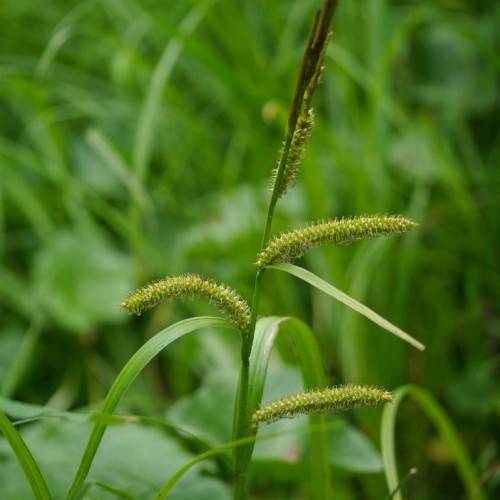
Bigleaf Sedge
Carex amplifolia
Watering:
Average
Hardiness Zone:
Flowers:
Flowers In Summer
Sun:
full sun,part shade
Soil:
Sand, Loam, Humus Enriched
Leaf:
Yes
Growth Rate:
Low
Drought Tolerant:
Yes
Salt Tolerant:
Yes
Invasive:
Yes
Care Level:
Medium
watering
Foxtail Sedge prefers moist soil and should be watered regularly. It should be watered deeply once or twice a week, depending on soil and weather conditions. In hot summer months, be sure to water more often to keep the soil consistently moist. During the winter months, water should be reduced significantly or stopped altogether, allowing the soil to dry partially between waterings.
sunlight
Foxtail Sedge plants require a minimum of 6 hours of direct sunlight each day, preferably in the morning, to thrive. If exposed to more than 6 hours of sunlight, they should be provided with some shade in the late afternoon. Foxtail Sedge plants enjoy bright, sunny locations, however, if planted in regions that experience hot temperatures, it is best to provide some afternoon shade.
pruning
Foxtail Sedge should be pruned once a year in early spring before new growth begins. Prune away any dead or decaying foliage as well as any damaged leaves or stems. Cut back the stems to approximately 3 to 4 inches from the ground. Remove any thin, spindly stems and thin out dense clusters of stems to promote air circulation and adequate sunlight. Pruning will encourage the sedge to grow outwardly and become bushier.
